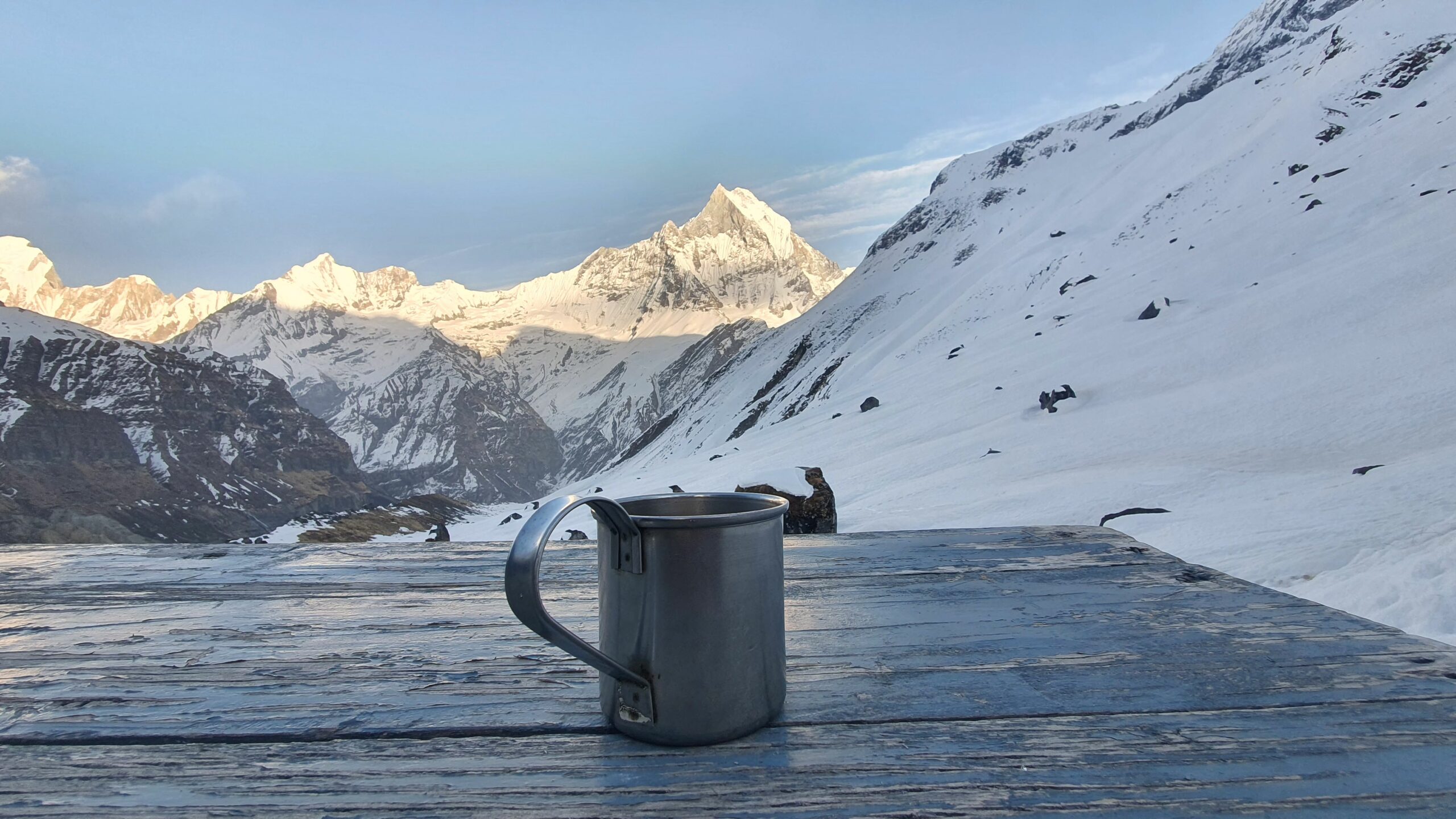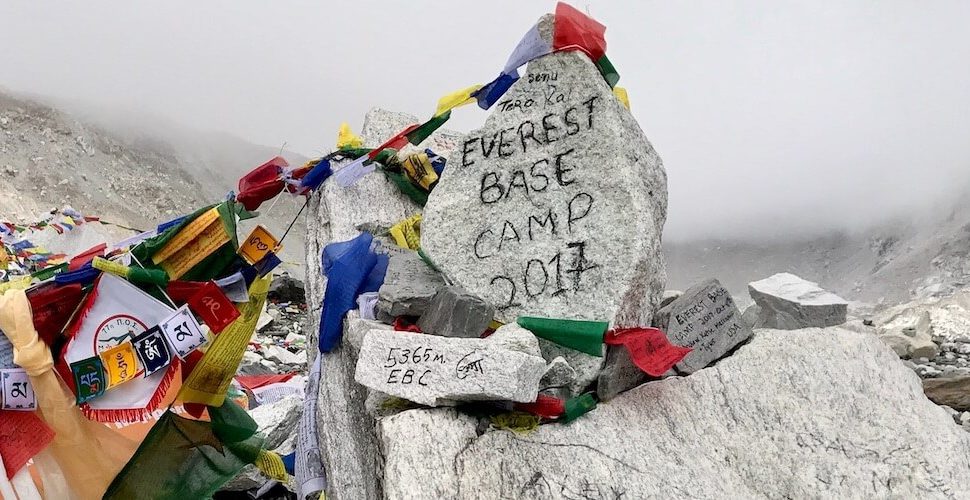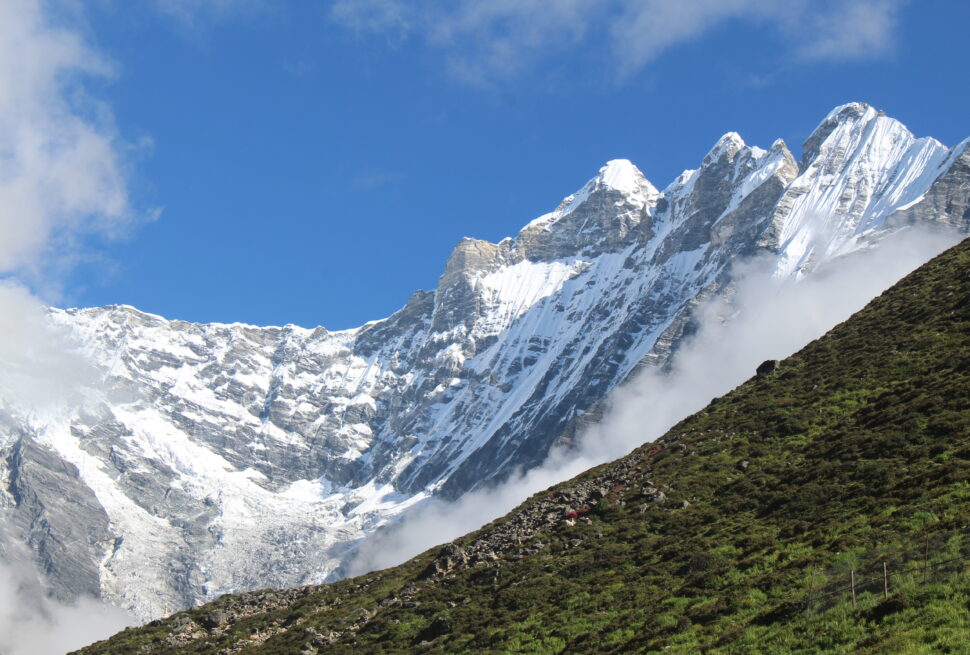The best season for trekking in Nepal generally depends on the region you plan to trek in and your personal preferences. However, the two primary trekking seasons in Nepal are:
Autumn (September to November):
- Autumn is considered the best season for trekking in Nepal by many travelers.
- The weather is generally stable and clear with mild temperatures during the day and cool evenings.
- The skies are usually clear, offering excellent views of the mountains and landscapes.
- Trails are well-defined, and the vegetation is lush and green after the monsoon rains.
- This is also a popular time for cultural festivals, adding cultural richness to your trekking experience.
Spring (March to May):
- Spring is another excellent season for trekking in Nepal.
- The weather is warm and pleasant, especially at lower altitudes, and the flowers are in bloom, adding color to the landscapes.
- The skies are generally clear, providing excellent visibility of the mountains.
- Wildlife is more active during this time, offering opportunities for wildlife sightings.
- Rhododendrons bloom in the hillsides, adding to the beauty of the trekking routes.
While autumn and spring are considered the best seasons for trekking, some regions may have specific optimal times. For example:
- Everest Base Camp Trek: Autumn (September to November) and Spring (March to May) are ideal, with clear skies and stable weather.
- Annapurna Circuit Trek: Autumn (September to November) and Spring (March to May) offer excellent weather and clear views of the Annapurna range.
- Langtang Valley Trek: Similar to other regions, Autumn (September to November) and Spring (March to May) are the best times for trekking in Langtang, with mild temperatures and clear skies.
It’s important to note that trekking during the monsoon season (June to August) can be challenging due to heavy rainfall, muddy trails, and leeches. Similarly, trekking in winter (December to February) can be cold, especially at higher altitudes, and some high passes may be closed due to snow. However, some lower altitude treks can still be enjoyable during the winter season.



